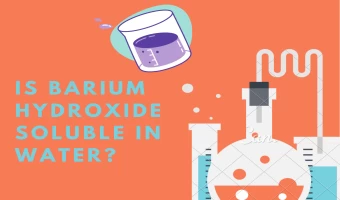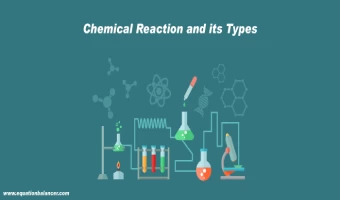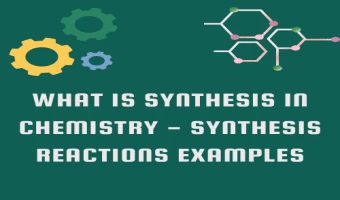



Advertisement
2023-05-22
Discover how to find the number of protons, electrons, and neutrons in sodium using the periodic table.

2023-05-22
Our guide shows you how to calculate the percentage yield of a chemical reaction in a few simple steps.

2023-05-22
Learn about the barium hydroxide is ionic or covalent compound. And also formation of barium hydroxide compound and properties of polar compound.

2023-05-22
Learn about what barium hydroxide is, its structure, and also the reason for solubility. Understand the applications and health hazards of barium hydroxide.

2023-05-22
Learn what is the oxidation state? Get step by step guide on how to calculate the oxidation states of elements in a chemical compound.

2023-05-22
understand the molar mass of barium hydroxides, and how can we calculate it with steps. Learn the Importance and solution preparation of molar mass.

2023-05-22
Learn what are the types of chemical reactions in chemistry and understand it with the chemical reaction examples.

2023-05-22
Why must chemical equations be balanced. Step by step guide how to balance complex chemical equations.

2023-05-22
Find what is synthesis in chemistry along with synthesis reactions examples. Also learn what happens in synthesis reactions.

2023-08-08
Unveiling the Five Foundational Gas Laws.